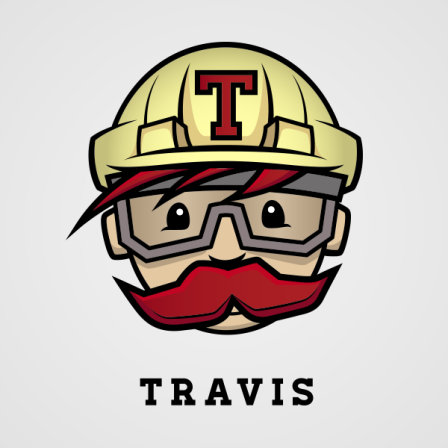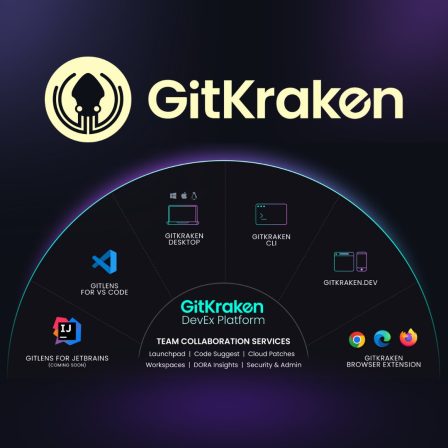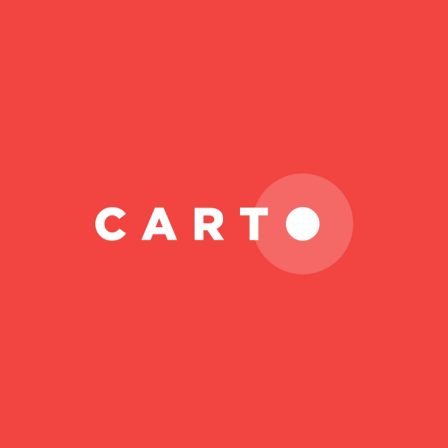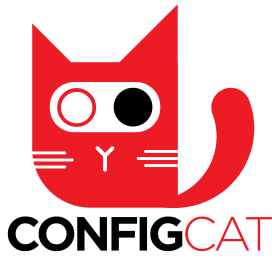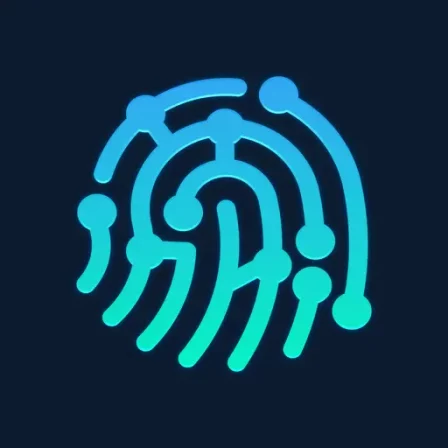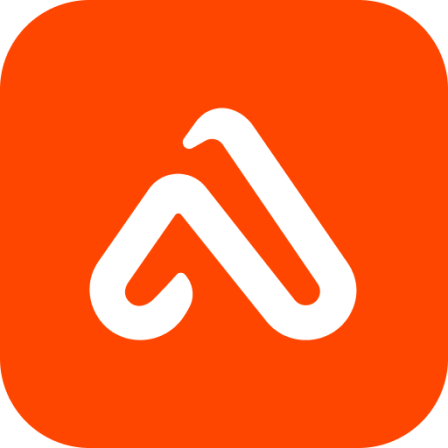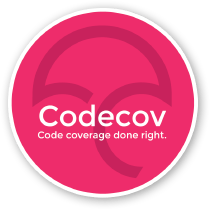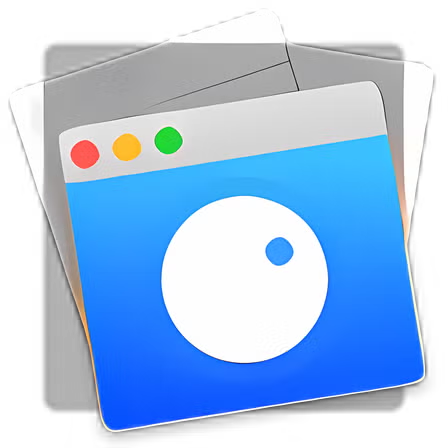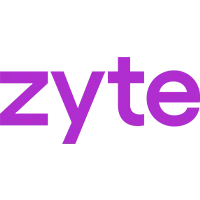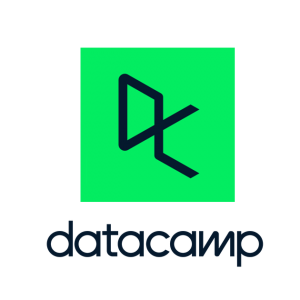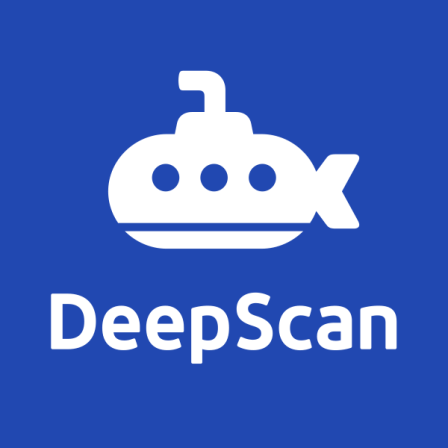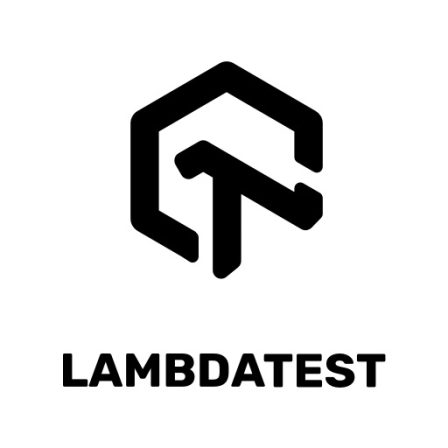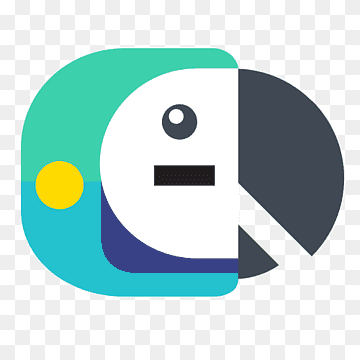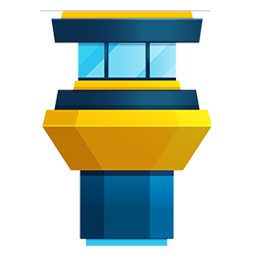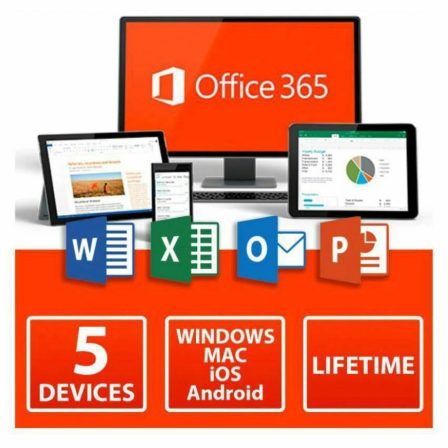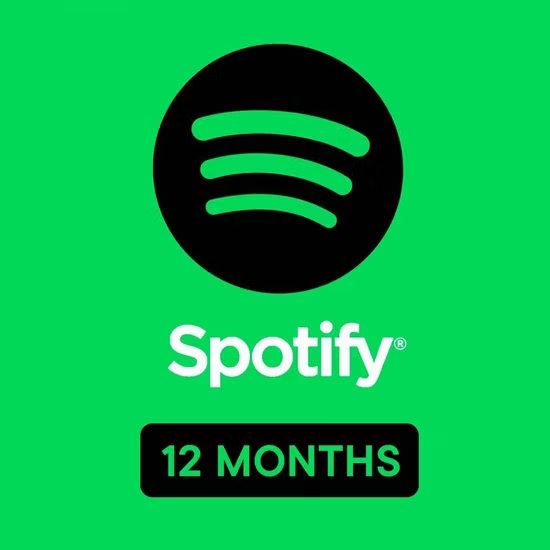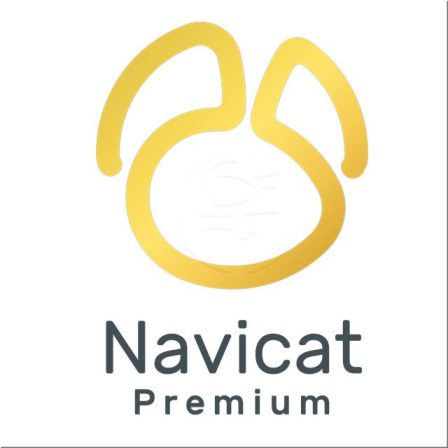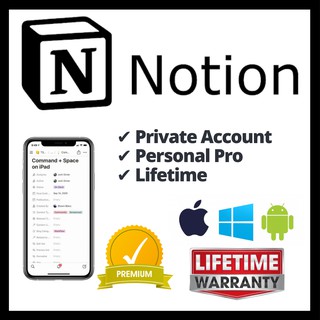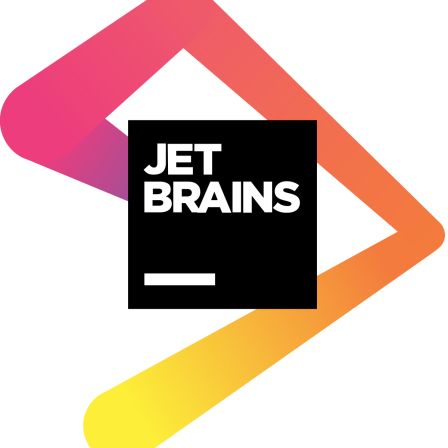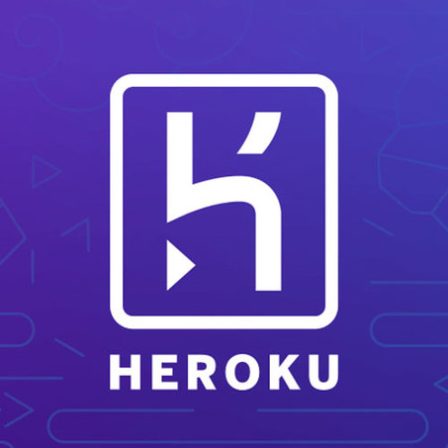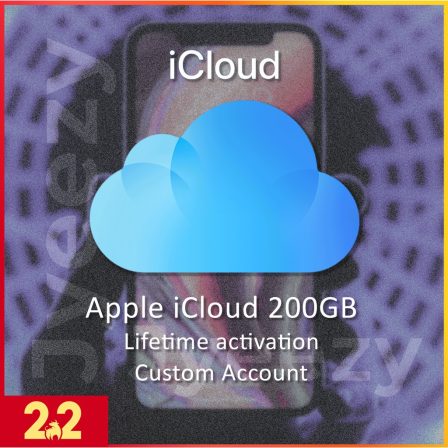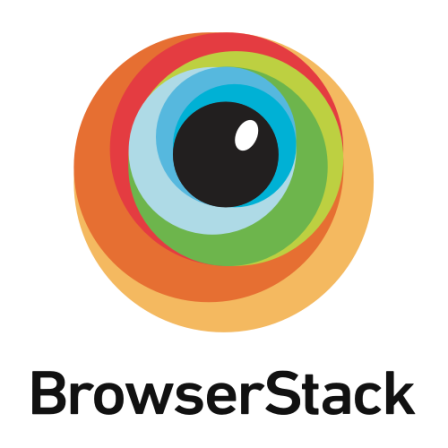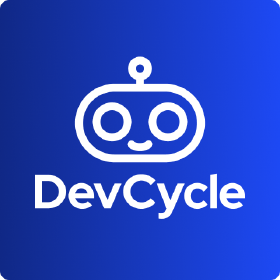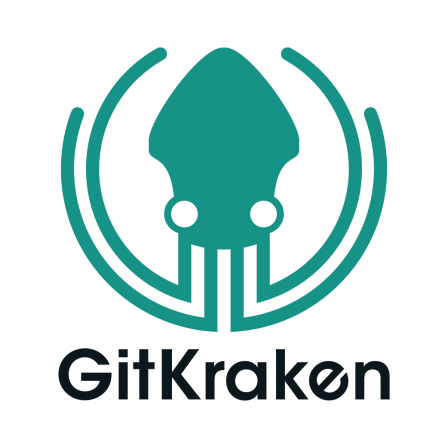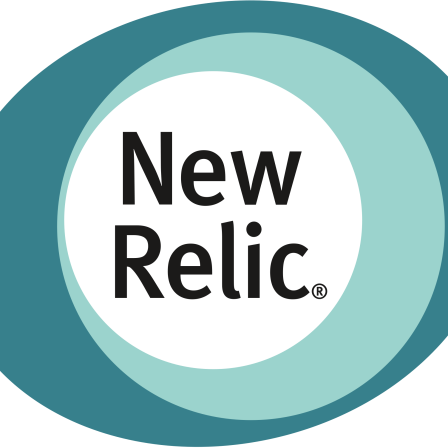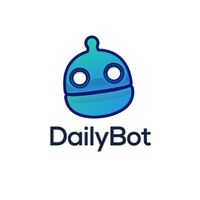There is no item in your cart
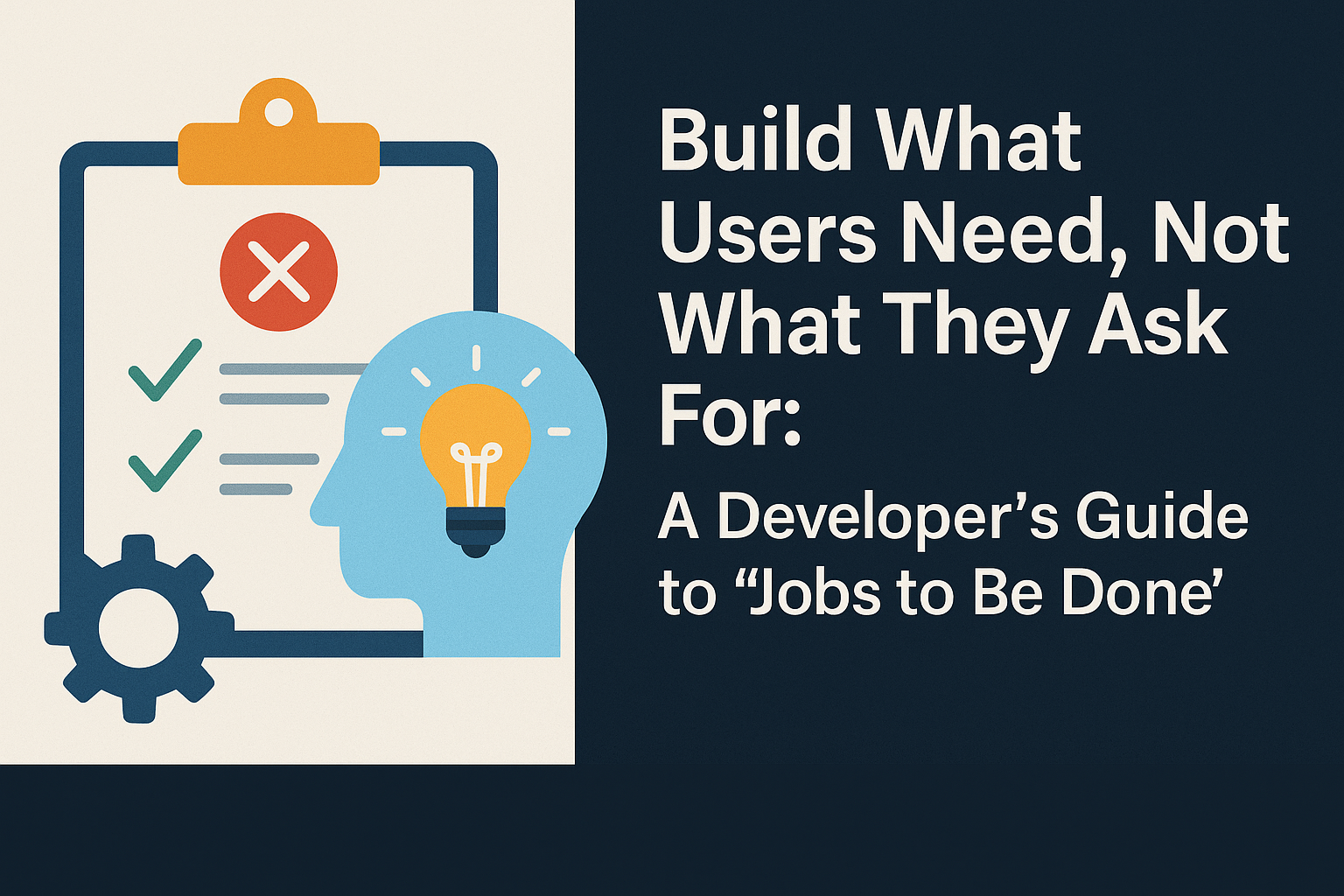
Build What Users Need, Not What They Ask For: A Developer’s Guide to “Jobs to be Done”
A user requests a new feature: “I need a button to export this data to CSV.” The team spends a month building a complex, perfect CSV export feature. But after launch, analytics show it’s barely used. Why? Because the user didn’t actually want a CSV file. What they really wanted was to get data from your app into their weekly spreadsheet report, and they assumed a CSV export was the only way.
This is a classic scenario where we build exactly what was asked for, but fail to solve the user’s real problem. The “Jobs to be Done” (JTBD) framework is a powerful mental model designed to prevent this. It shifts our focus from what users are asking for, to the underlying job they are trying to get done.
This guide will explain the JTBD framework from a developer’s perspective and show how it can make the code you write infinitely more valuable.
The Core Principle: People “Hire” Products to Do a “Job”
The famous analogy for JTBD is the milkshake. People weren’t buying a milkshake for the taste; they were “hiring” it for the job of making a long, boring morning commute less tedious. It was thick, took a long time to drink, and was easy to handle with one hand.
The same applies to software.
- A user doesn’t want a password manager; they want to “feel secure and log in effortlessly.” They hire [1Password] for this job.
- A team doesn’t want a chat app; they want to “keep everyone in sync without constant meetings.” They hire [DailyBot] for this job.
Understanding the “job” is the key to building the right solution.
How to Think in “Job Stories” Instead of “User Stories”
The JTBD framework encourages us to rephrase requirements.
- Traditional User Story (focus on the feature): “As a user, I want a CSV export button, so that I can get my data.”
- JTBD “Job Story” (focus on the context and motivation): “When I am preparing my weekly report, I want to get the latest sales data into my spreadsheet, so I can analyze our performance without manual data entry.”
The Job Story immediately opens up better solutions. Maybe a direct Google Sheets integration is better than a CSV export? Or a simple copy-paste functionality? Or an API? It forces you to solve the user’s actual goal, not just their proposed feature.
What This Means for You as a Developer
- Ask “Why” Relentlessly: When a feature is requested, don’t just ask for the technical requirements. Ask “Why do you need this?” and “What will this allow you to do next?” to uncover the real job.
- Focus on the Outcome, Not the Output: The goal isn’t to ship the feature (the output). The goal is to help the user make progress on their job (the outcome).
- Collaborate on the Solution: Get involved in the product discovery process. Use a collaborative workspace like [Notion] to map out job stories and brainstorm different solutions with your product manager and designer before a single line of code is written.
Conclusion
Thinking in “Jobs to be Done” transforms your role from a code implementer into a problem solver. It’s one of the most valuable skills a developer can possess because it ensures that your hard work and technical expertise are being applied to building things that people genuinely need and value. It’s the difference between building a feature and building a solution.
Building solutions for your users’ most important jobs requires a versatile and powerful toolkit. Whether you’re planning and documenting the job story in [Notion], visualizing the workflow in [Visme], or building the solution with professional tools from [JetBrains], understanding the “why” makes your work better. At SMONE, we provide the tools that help you not just build software, but solve real problems. Explore our collection and start building what your users truly need.
